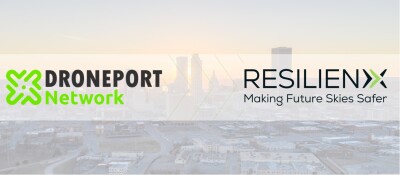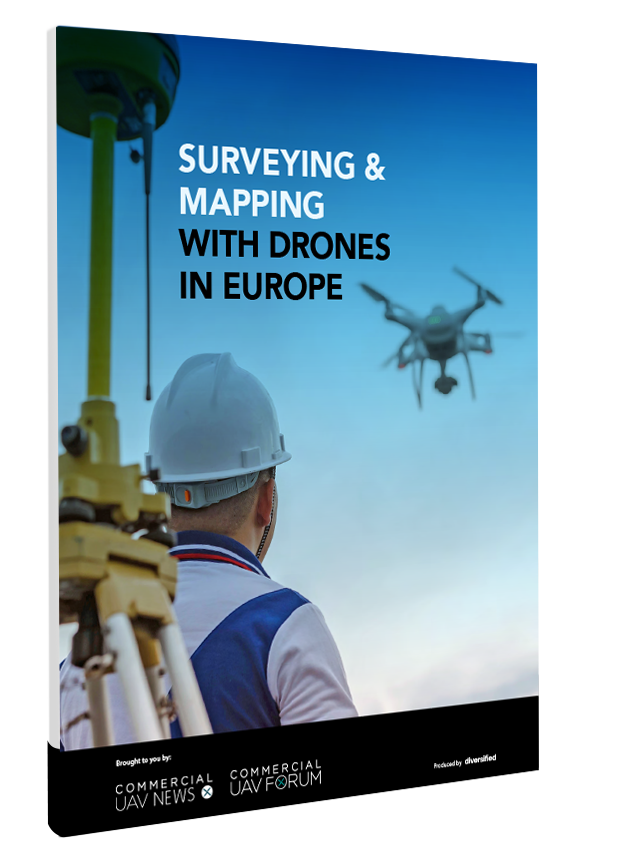There is a major shakeup happening in the drone industry. I started to see it late in 2016 but didn’t have enough data points to really confirm my suspicions. Now, as we’re one month into 2018, it’s clear as day: Drone market places and “drone service” companies are in trouble. Big trouble. Those that aren’t bought or folded into larger companies face an ever more difficult uphill battle.
These businesses were, at one time, an attractive way to capitalize on the “drone trend” but are now a doomed business model. In 2015, there were a lot of barriers to successfully getting data from your drone. The first and most significant hurdle was that of regulation. Even operating a drone program with some semblance of compliance was a challenge fraught with peril. In order to fly for any reason besides leisure, you had to go through an arduous FAA application process for a commercial operation exemption called a 333 exemption. Operating without a 333 could bring expensive civil penalties.There was a lot of value to having a 333 exemption because of the complexity and amount of time it took to receive one. Now, an FAA Drone Pilots Certificate called Part 107 is widely available, easy to acquire, and comparatively inexpensive. Operators take a 2 hour exam at any one of hundreds of testing centers around the country, then are authorized to fly in a wide variety of commercial settings.Besides the regulatory hurdle, there were hardware limitations as well. For example, drones manufactured by DJI didn’t feature collision avoidance systems until the release of the Phantom 4 in 2016. The sophistication of the hardware had not reached the point where it was extremely easy for an operator with little experience to pilot that aircraft safely. The last three years have seen a renaissance of hardware that’s safely and easily operated by folks without significant amounts of flight time. The minimum skill set has gone through the floor, and hardware quality has gone through the roof.We saw the first canary in the coal mine for drone service providers when instead of getting calls from drone services companies, we started getting calls from employees in very large companies forming small “Tiger Teams”. These large organizations had outsourced their initial drone operations to drone service providers to evaluate if they could derive value from the data. Once they had established the value proposition, they created their own little drone startups in-house.We talked with a lot of these folks and saw the rising tide of drones in the enterprise. They all had nearly identical mandates: They needed to create a drone program that could scale into their organization amongst existing employees. I remember the second time someone told me that sentence almost verbatim. The two companies had nothing in common except for wanting to bring drones in house across their workforces.When you combine these changing currents with the existing challenges of drone service companies, the outlook isn’t very good. Double-sided marketplaces like Match.com, American Express, and yes even drone services, are notoriously difficult to get started and proliferate. In fact, in many ways they’re inherently self-defeating. Their success can actually contribute to failure: People find a partner, find out their favorite store doesn’t take American Express or companies that used to purchase services like the data so much they decide they want to start their own drone program.It’s not all doom and gloom for drone service providers. There is still a service-based business model that can be had. It’s just not going to sustain the high-flying valuations and influx of VC money that comes when companies have a chance to capture a giant market. The market is moving in-house and the influx of newly minted commercial pilots, almost 70,000 of them, are putting undue downward pressure on prices. A recent study by SkyLogic LLC found that the most lucrative spot for drone service providers were the niche spaces, not the mainstream ones which makes running a marketplace that much harder.It’s going to be an interesting year. The existing drone service providers are going to have to find more scalable paths to revenue. In fact, you can see some initial movement toward this: things like apps to support or abstract the marketplace and various other recurring revenue opportunities like subscriptions or “Drone In A Box” models. Whatever their solutions are, they’re going to need to execute sooner rather than later if they want to avoid being sucked into the vacuum of a rapidly shrinking market.
Subscribe
The information you submit will be stored and used to communicate with you about your interest in Commercial UAV News. To understand more about how we use and store information, please refer to our privacy policy.
Here’s Why The Drone Services Industry is in Trouble
SHARE


Want more stories like this? Subscribe today!

Joshua is the Co-Founder and Chief Pilot of venture-backed Kittyhawk, a founding member of the FAA Unmanned Aviation Safety Team, and an FAA Part 107 certificate holder. He has been flying all manner unmanned aircraft for over 15 years. As an accomplished drone pilot, Josh has flown professionally for the NHL, ABC Television and various manned-aviation airshows. Joshua regularly writes about drone related topics and eagerly shares his love of aviation and often-polarizing opinions on where it’s headed at industry conference presentations and panel discussions. A self-taught software programmer and entrepreneur, Joshua holds a bachelor's degree in poetry from Arizona State University.
Our Newsletter
Subscribe to our weekly global newsletter for news, insight and market information about commercial drones!
What to Read Next
What to Read Next
What to Read Next
Featured Authors
Newsletter Signup
Our Events
Our Events
September 2-4, 2025 • Las Vegas
February 16-18, 2026 • Denver
April 22-23, 2026 • Amsterdam













Comments